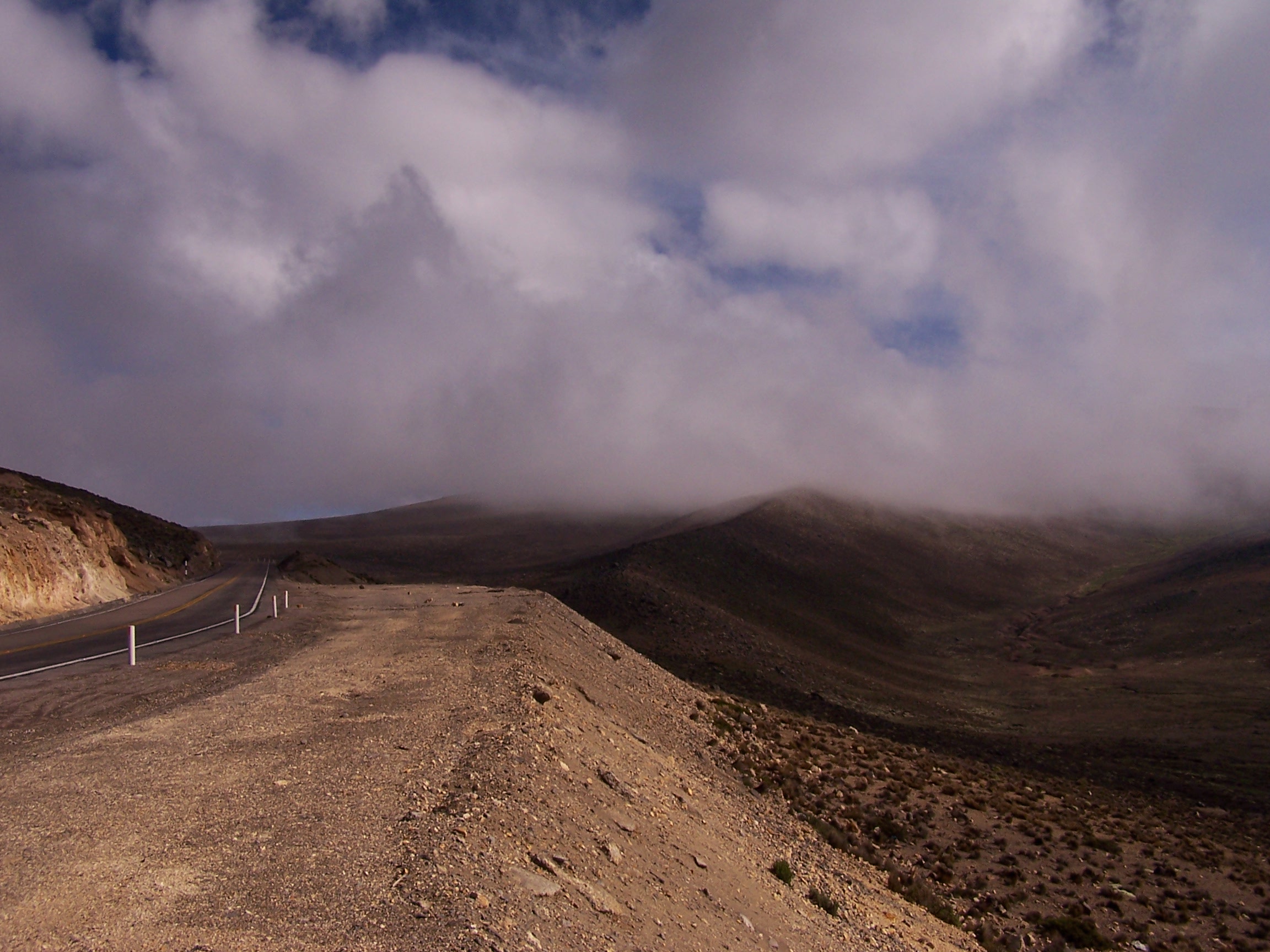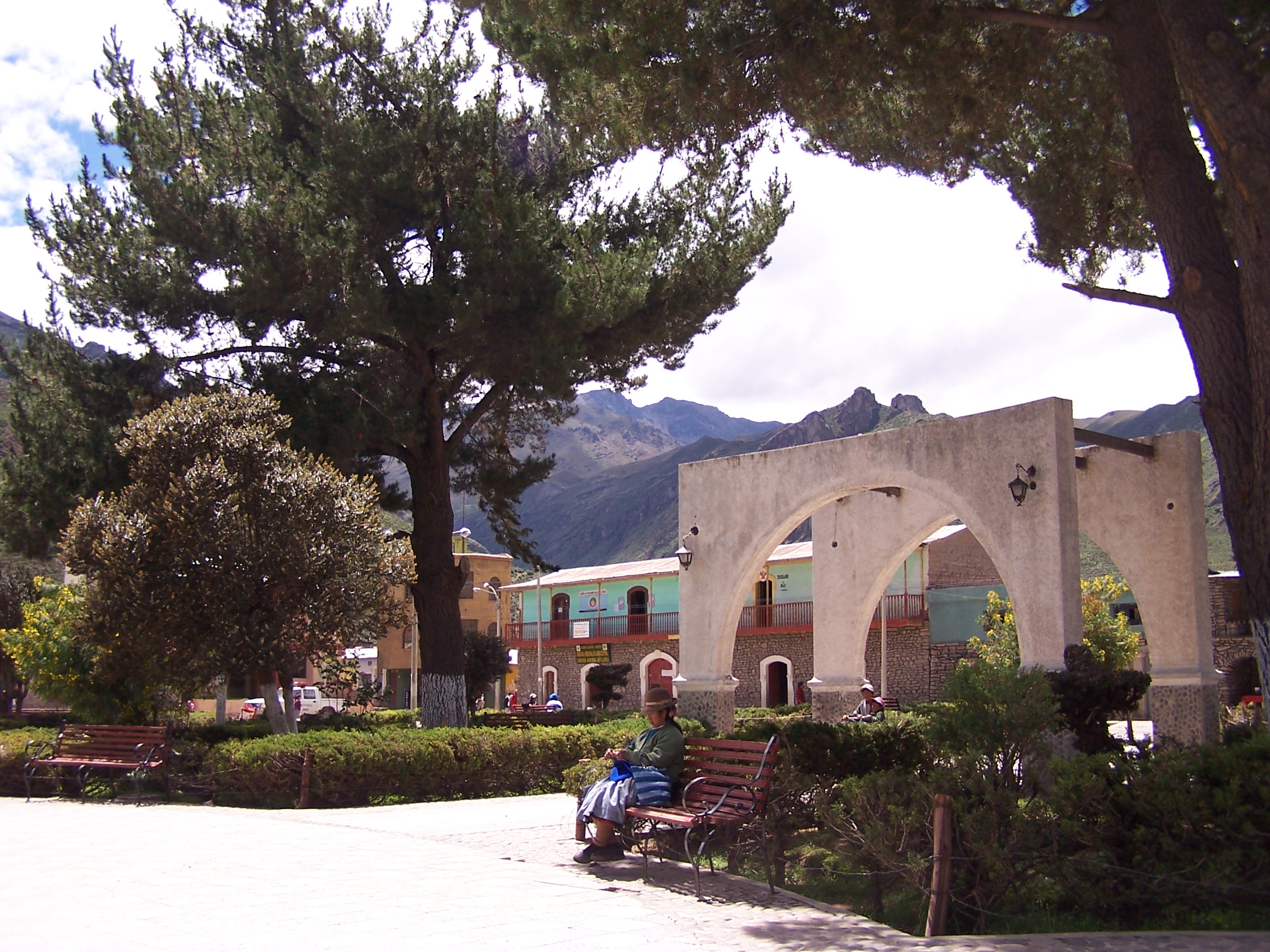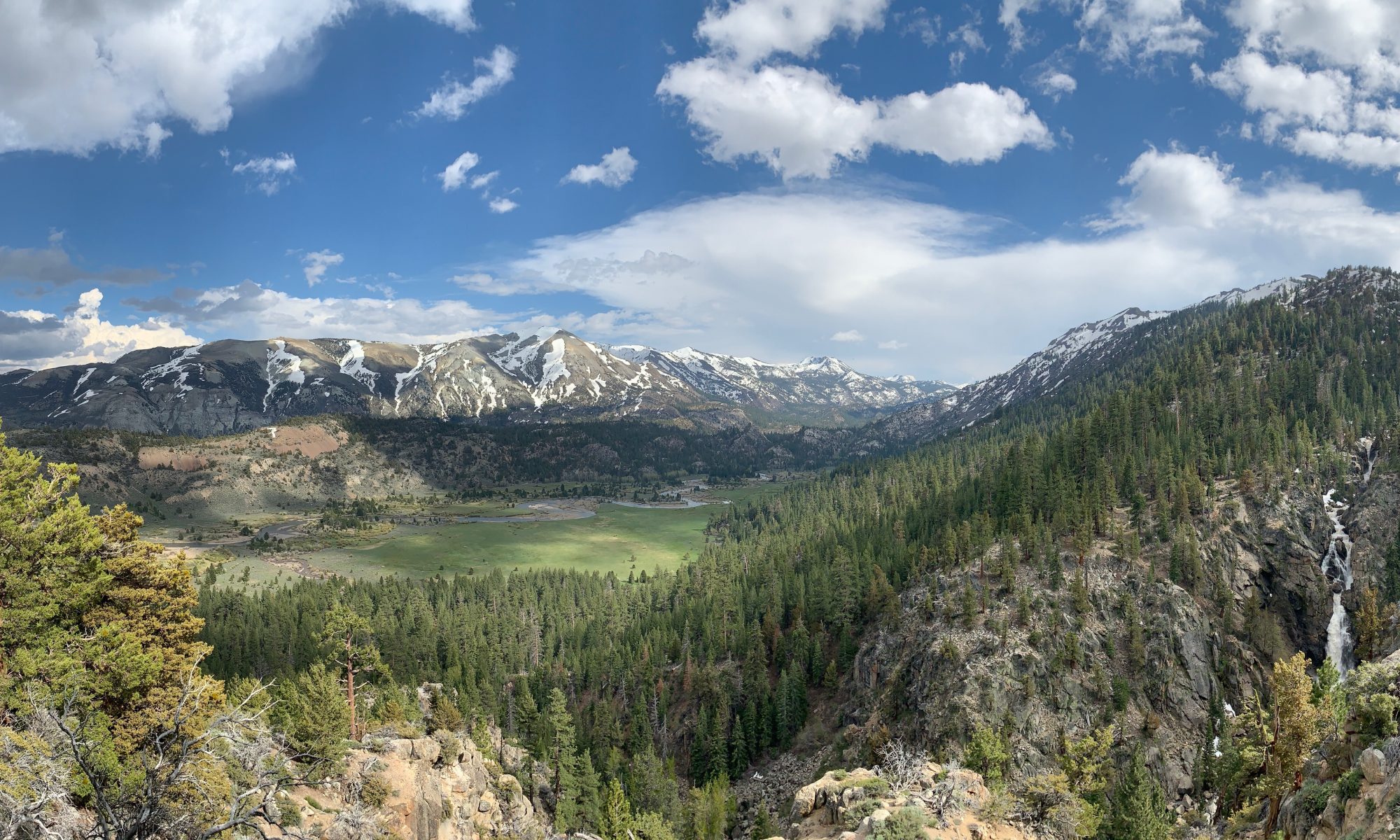It was 2am. I couldn’t sleep anymore, but I stayed in bed until about 3:30am. I’d already finished packing before I went to sleep at 11pm the night before. I did the morning rituals necessary to escape my Peruvian family, since they were terrified of what might happen to me. When I finished, I got on my Chinese, 200cc, enduro motorcycle, and starting driving out of the city into the dark, Andes mountains.
There isn’t a single person that I talked to about the road from Arequipa to Chivay who said it wasn’t dangerous. I gathered as much information as I could, from as many people as I could about what the trip would be like. As usual, the people who warned me the most, had the least experience; they had never done the trip, and were not licensed to drive any vehicle either. The few people who had driven to Chivay from Arequipa, I got the best information from, though far from complete.
My final, semi-solid pieces of information from my sleuthing were: Very little chance of bandits on the roads. The roads would be very wet, winding, and dangerous. My fellow drivers would be crazy, and quite often try to pass at high speed around blind curves. It would be cold. There were no gas stations on the way, so the gas in my tank would have to make it to Chivay. There would be no cellular service until arriving in Chivay. By bus, one way, the trip takes three and a half hours. I I thought, this is going to be awesome.
Arequipa was pretty quiet around 4:15am. I felt considerably safer as a motorcyclist, in Arequipa, driving at 4:30am, than riding in one of the local buses at 4:30pm, despite the numerous assertions from inexperienced people, otherwise. I passed the movie theater and airport, and quickly exited the parts of town that were familiar to me. The new parts looked a lot like the Brazilian favelas that my World Geography teacher so often described, and pined about in class. At the time, I didn’t share her same love for their cute, poor person, down for the struggle, ethnic minority, esthetic; maybe because I was driving through them on my motorcycle, in the dark, and if something happened to me there, no one would probably hear from me again. I did, however love the danger and the freedom.
In the morning darkness of February 11th, the moon had only waned for about 26 hours. Most people couldn’t have told the difference between a full moon, and the moon that was shining on the landscape that I was now looking at. It was clear, with my night vision and I drove without my headlight for quite awhile.
I cannot accurately describe what it looks like to see rocky desert, with thousands of cactuses, and thousand foot valleys, while driving a motorcycle on the edge of a cliff, with nothing but the moon peaking out from behind the clouds to light up the road. I can say, that it’s beautiful.
In visual contrast, but exciting and still beautiful, was driving in the same location, after the moon got covered by clouds, and having only a single headlamp to light up the infinite darkness in front of me.
I drove in darkness for about an hour; longer than I had expected, and it was cold. When the sun started coming up, it only illuminated the grey clouds covering the mountain sky, and I didn’t feel any warmer.

When I realized that the sun wasn’t warming me up faster than the increasing altitude was cooling me down, I stopped on the side of the road. I took my jacket and wool sweater off.

I put on two more t-shirts, a long sleeve shirt, my sweater back on, as well as my wool poncho over the top, and finally my jacket over my poncho. I wrapped two scarves around my neck and drove on.
I had driven past the cliffside road, to a mixed, cliff, plains, and plateau section, between large snowcapped volcanos and mountains. The sky remained grey and cloudy, with more frequent breaks of sunshine shattering though as the morning continued on. I stopped to take a picture, as a cloud with a few drops of shivering drizzle moved closer.

Because I was so cold, I was a little worried that the rain would continue and strengthen, but it didn’t. I did start to notice a little warmth as I continued, and reached a toll road.
It was a single check point toll, I think, or perhaps I was exiting a toll road that I didn’t know I was on. Since I was a motorcycle, I thought that I wouldn’t have to pay, so I drove right on though, without stopping, and nobody stopped me until about a half a mile down the road. It was a police officer. He said something in Spanish, and I said, in Spanish, that I didn’t understand much Spanish. He asked me, “Puno, o Chivay.” I said, “Chivay,” and he pointed me to the road that veered left. I already knew which way I was going because I had my GPS, but I said, “Gracias,” and veered onto the left road. Apparently, the police officer was being friendly and helpful, so naturally, I was nervous.
After veering on to that left road, I realized rather quickly that I hadn’t appreciated the quality of the road I was previously driving on, as much as I could have. This is where it started to get more than beautiful; it got exciting.
The road was wet and muddy, so my bike was instantly splattered with mud. The road had potholes everywhere, and I mean everywhere. I had a difficult time finding a smooth spot even for the two, inline, off-road tires of my motorcycle to squeeze through. It was even hard for me to get into second gear for most spots, because if I risked hitting the potholes at more than about 10mph, I might get a flat tire, or worse, have something important break loose on my Chinese motorcycle. I tried weaving in between as much as I could, but it was very hard because of the muddy and slippery conditions. At least the weather had started to warm up and the sky had cleared.
I looked on my GPS and it said I had about another 80 kilometers left to Chivay, on this road. I was thinking, oh my god, 80 more kilometers on this road . . . well . . . I better start hitting most of these potholes in at least 2nd gear. Even worse than the road, were the dogs. . .
I’d come down a little hill and there would be some ram-shackled hut, with two dogs lying down, waiting for their next vehicular prey to drive by. In a car, the situation is laughable, but on a motorcycle, in slippery, wet, conditions, with foot deep potholes everywhere . . . rabid dogs are a little more disconcerting. The four legged dogs seemed to do better with the potholes and slippery conditions than I, however, they lacked one thing, technique.
Three times, on this section of road, dogs chased me. Most didn’t try to bite my leg, but many did try. All of them snarled like they were going to eat me alive. I’ve developed a particular strategy to repel dog attacks on my motorcycle, especially on my left side. As they came in to intercept, I would raise and scrunch my leg in, close to my body, so that the sole of my shoe was facing the face of the dog. When the dog came in close to bite my retracted leg, I extended my leg as hard as I could manage, into the dog’s face. The great thing, is that it was just as effective on front intercepting dogs as rear intercepting dogs, and only slightly less effective at side intercepting dogs. One particular dog, on this section of road, I got square in the face, which stopped him dead in his tracks. This boosted my dog repelling moral quite a bit. I feared moderate to serious injury from most dogs, either from laying down my motorcycle trying to escape, or from being bitten from a crazy, diseased, wasteland dog, or both.
Despite the difficulties of this road, it did have one particularly nice part, a moss river, with steamy water. Pretty cool.

After about 17 miles, the road forked. Chivay was straight, Cusco was to the right. Thank god, the road to Chivay became paved again. The crappy road continued on to Cusco; poor souls. I stopped at the fork, warmed up with my hands over the exhaust of my motorcycle, and rode on.

I was very much relieved to be on a normal road again, and with the warmer weather, it was nice. Realize, when I say warm, I mean about 55 degrees Fahrenheit. This section was the high altitude plateau section, The Altiplano. Mostly flat, with mountains and volcanos in the far distance. This part was cool.

I came around a bend and saw this road and mountain laid out in front of me, while being surrounded by wild alpacas and vicuñas, which are like smaller alpacas, but with a more arrogant and prissy demeanor. The valley marsh had lots of water, greenery. I stopped, and took a photo of where I was going. Not a single vehicle passed while I warmed up again with my hands on the muffler.

Once warm, and still with not another vehicle on the road, I throttled my bike to the max, and headed into the clouds.

I continued to the mountains, higher and higher, until making it around the next mountain curve, where the clouds cleared into a wondrous display of colorful, natural beauty. I’d never seen this diversity of color in real life before, and I hoped it wouldn’t be the last.

Even with the beautiful colors, and topographic diversity, I was cold. Perhaps because the snow I was seeing wasn’t on a distant mountaintop anymore; it was on this mountaintop. Seeing the snow was a pleasant and exciting surprise, despite how cold I was.
After driving up and around a few more bends, it became clear that the snow I saw, was going to become even more personal. There are no pictures of me driving with snow on both sides of the road. Why, because I was way too cold to manipulate the functions of my camera with my hands, and because stopping for very long wasn’t very comfortable. I just wanted to get back down where is was warmer, as soon as possible. Another reason I didn’t take any pictures, is because my motorcycle didn’t seem to like this particular altitude. It started running rather erratically and sputtering, even at 6,000 Rpm. With my GPS telling me I was at 15,921ft, I felt it best not to stop.
After this mountain peak, it was pretty much a direct, 3,000 foot, downward, meandering spiral, to Chivay. I could see the town in the distance, and enjoyed the warming journey back to lower altitude.

Many years after I made this journey, Professor Edwin Barnhart’s great lecture of the “Lost Worlds of South America” also showed the Chivay valley during his “Great Lecture” series, which I instantly recognized. We both share a passion for this country and its history.
On the way down, I passed a couple of small waterfalls, and snapped a shot of this one, which flowed right next to the road.

When I arrived, it was surprisingly sunny, and warm. It felt great. I checked out a few hotels, snapped some pictures of the town, and fell asleep on a park bench in the central park of the town, with the cool mountain breeze and the sun on my face.

When I woke up, I picked an expensive hotel, with a great view in the center of town, which was 25 soles a night.

I found out later that the guy had lied about the price, charged me 5 soles more, and meed the extra money to buy some weed, which he asked me not to tell his boss about. I convinced him to charge me 15 soles for the last night, which almost entirely made up for the overcharges the other nights.
I didn’t do much that first night, since I was super tired from getting only 3 hours of sleep the night before, and from the motorcycle journey.
Pretty much, I planned the drive to the Colca Canyon for the next day. Apparently, Chivay was on the Colca Valley, not the Colca Canyon, meaning, to see the deep part, I would have to drive for another couple of hours, to another town.
I woke up semi-early, around 8am. If I woke up too early, it would be a cold drive there. If I woke up too late, it would be a cold drive back. The semi-paved road from Chivay, quickly turned into a yellow, muddy, dirt road. The GPS said it was only about 40km to Chivay. Once I started driving on the dirt road, I knew why everyone said it was a two hour drive . . . because it was.
I passed several small towns. Yanque, the first, is the only one that I remember the name of. Down the road, there were cows, horses, and dogs. I really don’t even like kicking dogs in the face from dirt roads, so when a horse started chasing me, I didn’t try to kick it in the face. Thank god the horse gave up quicker than most of the dogs.
Some of the bulls were quite intimidating. One of them mooed at me while staring me down. I motored by very slowly, in a low gear, with my hand ready to flick on the torque in a moments notice.

We came to little tourist town, where I paid two soles to put an eagle on my head, and pet an alpaca. It would cost you at least $20 or more in the US, if it is even legal anymore, with all the crazy “save the” planet-whales-polarbears-chickens people everywhere. It’s probably classified as animal slavery, or something. Did I mention that I ate grilled Alpaca on this trip? It was delicious.
I continued on, and came to a cliffside tunnel, with Andean Condors gliding on the updrafts of this sheer cliff. They are big birds, with lots of meat, and they taste like chicken. Just kidding.

So I start driving though this tunnel. It was big mistake for me not to swap my sunglasses for my goggles. It was pitch black and filled with limestone silt, like a very fine powder, everywhere. It was on the ground, and in the air. It was kind of hard to breath and it was like driving on a very soft sand beach. I was wondering if the engine of the motorcycle would stay running, because the powder might clog the intake. It didn’t and I was through in a couple minutes. Kind of an interesting tunnel though.

Some more driving, some more cows, donkeys, bulls, and dogs. Then, it started to get a bit colder. Dark clouds Ire appearing here and there. I took a little off-road detour, and pulled our warmer clothes out of our bags, and bundled up to the max. Lucia was warm, but being in the front, I was still a little chilly, but not cold. Finally, I can see Cobanaconde. Before I get there, I stop at this Mirador, which means “overlook” in Spanish. It was a great view and I wasn’t even in Cabanaconde yet. It was so deep, it didn’t even look real. The colors fade over a distance, and even with your own eyes, it looks a lot like a backdrop. It was breathtaking. On the way back to the bike, I saw a dung beetle, doing what dung beetles do, rolling dung, with his girlfriend hanging on and along for the ride; typical.





















